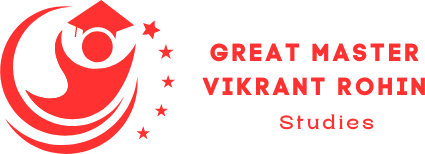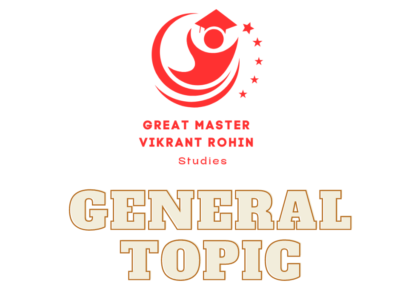EAST ASIA HISTORY AND GEOGRAPHY
Since nearly everything depends on history and geography, learning this chapter before any other subject is essential if you want to understand the precise facts of economics and science. Since nearly everything depends on history and geography, learning this chapter before any other subject is essential if you want to understand the precise facts of economics and science.
Make yourself a master of Asian History, Politics, and Geography.
EAST ASIA HISTORY AND GEOGRAPHY
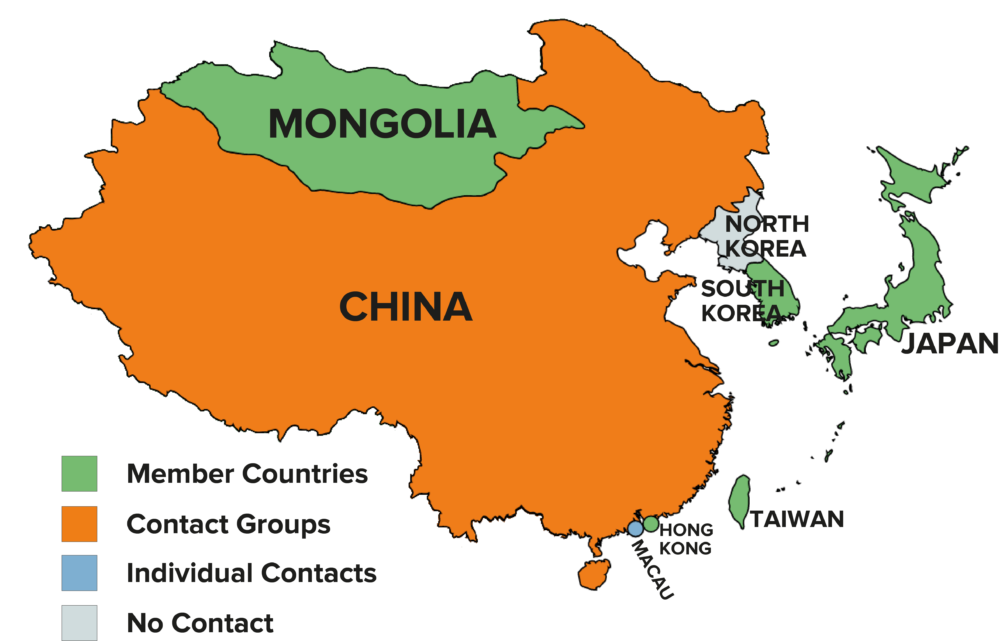
CHINA HISTORY
1B CHINA PHYSICAL
1C REGIONS NEAR CHINA
1D CHINA SOCIAL
1E CHINA POLITICAL
It is home to the oldest of the major world civilizations. China was ruled by various dynasties for much of its history. The first dynasty is believed to be the Xia dynasty which formed somewhere around 2250 BC. The Shang or Yin dynasty gained power around the 14th century BC.
Chinese names for China, aside from Zhongguo, include Zhōnghuá (central beauty”), Huáxià ( “beautiful grandness”), Shénzhōu ( “divine state”), and Jiǔzhōu ( “nine states”).
Marco Polo, the famous explorer who familiarized China to Europe in the 13th century CE, referred to the land as ‘Cathay.
JAPAN HISTORY
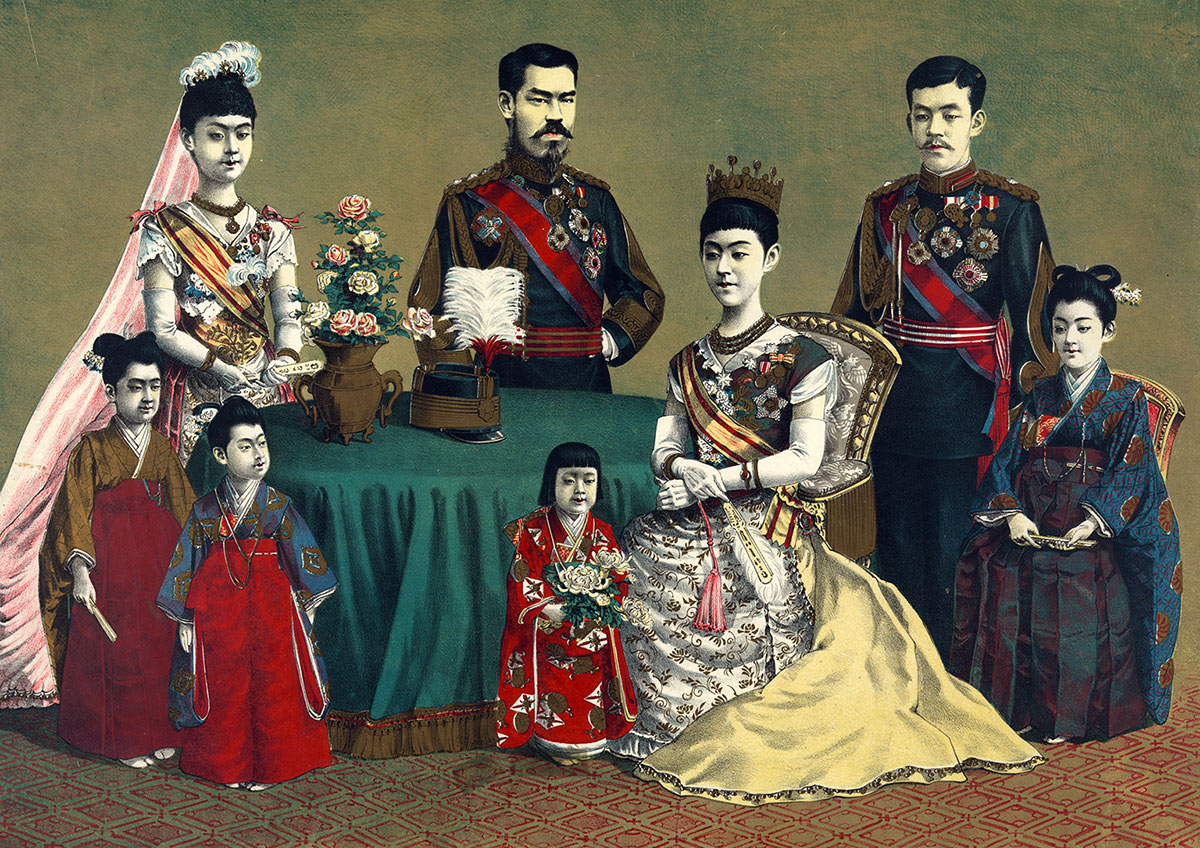
2B-JAPAN PHYSICAL
2C- JAPAN SOCIAL
2D- JAPAN’S POLITICAL
2E-JAPAN- MODERN
2F JAPAN-WORLD WAR
In 1543, three Portuguese travelers aboard a Chinese ship drifted ashore on Tanegashima, a small island near Kyushu. They were the first Europeans to visit Japan.
Historians say the Japanese called their country Yamato in its early history, and they began using Nippon around the seventh century. Nippon and Nihon are used interchangeably as the country’s name.
Japan was settled about 35,000 years ago by Paleolithic people from the Asian mainland. At the end of the last Ice Age, about 10,000 years ago, a culture called the Jomon developed. Jomon hunter-gatherers fashioned fur clothing, wooden houses, and elaborate clay vessels.
- Japan consists of 6,852 islands. The islands were originally attached to the eastern coast of Asia, until tectonic activity caused them to split off, creating the Sea of Japan around 15 million years ago.
- The Japanese language orders word differently than we do in English. Instead of ordering sentences by subject-verb-object (example: I write words), Japanese uses subject-object-verb (example: I words write).
- Over a thousand tame sika deer roam the streets of Nara, Japan. Once considered heavenly creatures, the deer are now classified as a national treasure (though some are being culled for destruction) and can be seen bowing to tourists in exchange for crackers that are sold on-site.
- From the 12th century to the demise of feudalism in the 19th century, the samurai was a powerful warrior class in Japan. A samurai essentially had a license to kill, with the authority to strike down any commoner who compromised their honor. Ritual suicide (known as seppuku) was a respected practice for a samurai who brought dishonor to his lord.
- A bow is an important form of greeting in Japan, and Japanese people work hard to perfect it. The depth of the bow is significant—lower bows indicate more respect.
- The kimono is a traditional Japanese garment worn by both men and women. It consists of a long robe-like dress that is wrapped around the body, with the left side always covering the right. The obi is the belt that keeps the kimono secure. A single kimono can cost over $10,000.
- Geisha, known for their elaborate hairstyles and white makeup, have been entertaining in Japan since the 18th century. The white powder covers most of the geisha’s face and neck, though unpainted spaces creating a W shape is usually left on the neck, which is considered alluring.
- Traditional Japanese rooms are tiled with Tatami, or mats made with rice straw. A mat’s length is always twice its width, and its size is standardized depending on the region. For that reason, room size is often indicated by the number of mats needed to cover the space.
- Japan is home to the Japanese macaque, or snow monkey, which lives in colder climates than other primates. The Nagano Prefecture is known for its macaques, which bathe in hot springs in the winter.
- The world’s largest seafood market is the Tsukiji fish market in Tokyo. The market employs over 60,000 people and opens at 3:00 am most mornings, with its famous wholesale tuna auctions beginning at five.
- Japan will be hosting its second summer Olympics, and its fourth overall, in Tokyo in 2020. The motto for the Games is “Discover Tokyo,” and the mascot—chosen by Japanese schoolchildren—is a blue and white superhero who has the power to teleport.
- Japan is famous for its immaculate gardens, which are meticulously planned and maintained and are considered high art. “Borrowed scenery” is an important element in garden design; it means the garden’s landscape includes elements from outside its boundaries, such as mountains, to form a backdrop.
KOREAN HISTORY
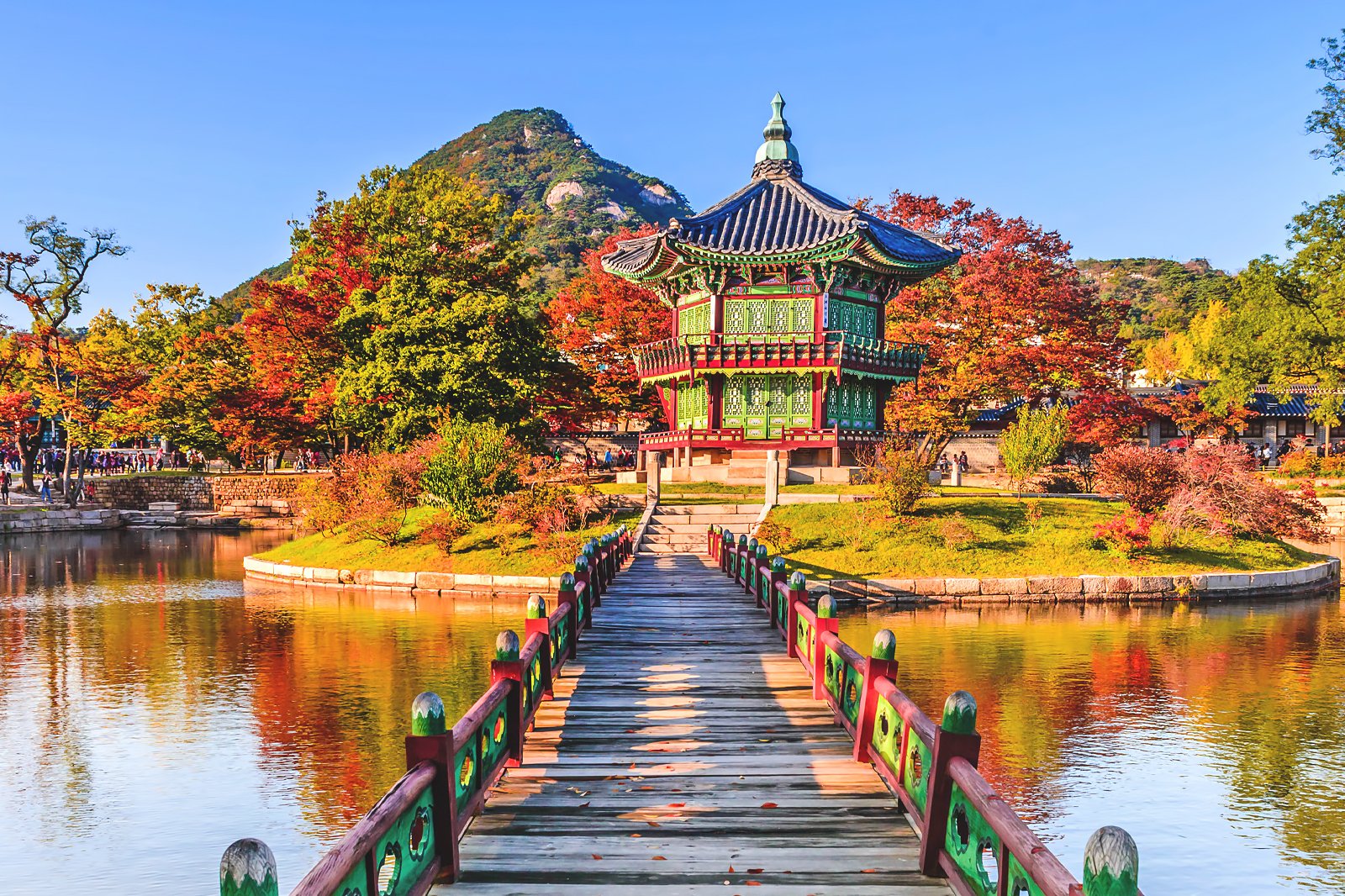
3B- KOREAN PHYSICAL
3D-KOREAN SOCIAL
3E KOREAN POLITICAL
3F- MODERN KOREA- 1983
A more detailed analysis using 65 alleles at 19 polymorphic loci was performed on six populations. Both analyses demonstrated genetic evidence of the origin of Koreans from the central Asian Mongolians. Further, the Koreans are more closely related to the Japanese and quite distant from the Chinese.
According to legend, Korea’s first kingdom, Gojoseon (then called Joseon), was founded in 2333 B.C.E. by Dangun, who is said to be descended from heaven. However, Korea’s history has been one of constant struggle between forces of unification and division. The founding legend of Gojoseon, which is recorded in the Samguk Yusa (1281) and other medieval Korean books, states that the country was established in 2333 BC by Dangun, said to be descended from heaven.
MONGOLIA- HISTORY -GEOGRAPHY
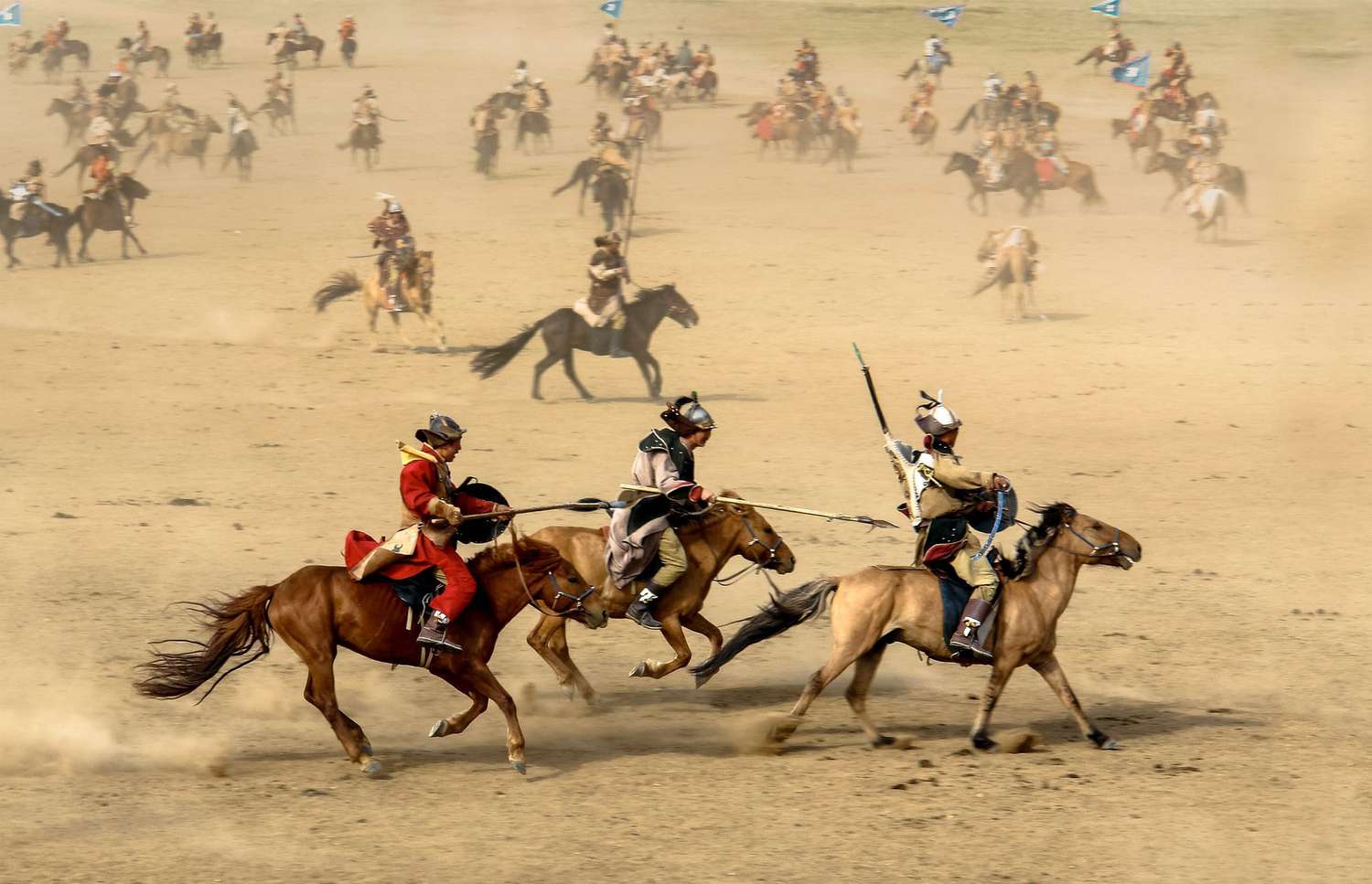
In 1924, the Mongolian People’s Republic was declared, and Mongolian politics began to follow the same patterns as Soviet politics of the time. Following the Revolutions of 1989, the Mongolian Revolution of 1990 led to a multi-party system, a new constitution in 1992, and a transition to a market economy.
At its peak, the Mongol Empire covered the most contiguous territory in history. Led at first by Genghis Khan, the empire lasted from 1206 until 1368. During that time, it expanded to cover most of Eurasia, thanks to advanced technology and a massive horde of nomadic warriors.
Present-day Mongol peoples include the Khalkha, who constitute almost four-fifths of the population of independent Mongolia; the descendants of the Oirat, or western Mongols, who include the Dorbet (or Derbet), Olöt, Torgut, and Buzawa (see Kalmyk; Oirat) and live in southwestern Russia, western China, and independent ..
TAIWAN – HISTORY- GEOGRAPHY
From the late 13th to early 17th centuries, Han Chinese gradually came into contact with Taiwan and started settling there. Named Formosa by Portuguese explorers, the south of the island was colonized by the Dutch in the 17th century whilst the Spanish built a settlement in the north which lasted until 1642.
Taiwan did become a Japanese colony in 1895, and certainly, in the first 20-some years there were a lot of rebellions and uprisings against Japanese rule by the local Hoklo, Hakka, and aborigine populations
The ROC government relocated to Taiwan in 1949 while fighting a civil war with the Chinese Communist Party. Since then, the ROC has continued to exercise effective jurisdiction over the main island of Taiwan and a number of outlying islands, leaving Taiwan and China each under the rule of a different government.In 1949, after losing control of mainland China in the Chinese Civil War, the ROC government under the KMT withdrew to Taiwan where Chiang Kai-shek declared martial law.
China currently claims it is a province of the People’s Republic of China (PRC), whereas the current Tsai Ing-wen administration of Taiwan maintains that Taiwan is already an independent country as the Republic of China (ROC) and thus does not have to push for any sort of formal independence.
Since the democratization of Taiwan, the question regarding the political and legal status of Taiwan has shifted focus to the choice between political unification with mainland China or de jure Taiwanese independence. The PRC remains hostile to any formal declaration of independence and maintains its claim over Taiwan.
